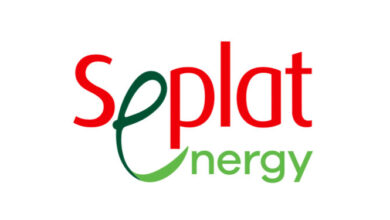
In a year marked by unprecedented challenges in the energy sector, TotalEnergies Marketing Nigeria Plc has demonstrated resilience and adaptability in the face of adversity. The company, a leading player in Nigeria’s energy market, has posted a loss before income taxation of ₦11.92 billion for the nine months ended September 30, 2025, compared to a profit of ₦41.85 billion in the corresponding period of 2024.
The loss can be attributed to a 26% decline in revenue, which fell from ₦793.90 billion in 2024 to ₦587.59 billion in 2025. The decline in revenue was largely driven by challenges in the energy sector, including foreign exchange fluctuations and inflationary pressures.
Despite the challenging operating environment, the company has maintained a strong focus on cost management. Cost of sales decreased by 25% from ₦700.21 billion in 2024 to ₦521.83 billion in 2025. This represents a significant effort by the company to optimize its operations and mitigate the impact of the decline in revenue.
However, the company’s operating expenses increased by 33% from ₦45.32 billion in 2024 to ₦60.21 billion in 2025, reflecting the impact of inflation and other macroeconomic challenges on the company’s operations.
The loss before income taxation and the decline in revenue have had a significant impact on the company’s profitability. The company’s net loss for the period stood at ₦14.10 billion, compared to a profit of ₦27.42 billion in 2024.
A closer look at the company’s financial position reveals a mixed bag. Total assets decreased by 15% from ₦471.12 billion in 2024 to ₦400.84 billion in 2025, while total liabilities decreased by 11% from ₦396.04 billion in 2024 to ₦353.45 billion in 2025. The company’s equity base has also been affected, decreasing by 37% from ₦75.08 billion in 2024 to ₦47.40 billion in 2025.
The company’s liquidity position has also been under pressure, with current assets decreasing by 17% from ₦392.13 billion in 2024 to ₦324.54 billion in 2025. However, the company has taken steps to improve its cash management ability, including re-jigging its debt profile.
The company’s days receivable has increased from 34 days in 2024 to 38 days in 2025, indicating that it is taking longer to collect payments from debtors. However, this has been offset by a decrease in days payable, which has fallen from 45 days in 2024 to 40 days in 2025, indicating that the company is paying its creditors more quickly.
The company’s inventory management has also improved, with inventory days decreasing from 93 days in 2024 to 84 days in 2025. This suggests that the company is managing its inventory more efficiently, with less stock sitting in warehouses.
The overall cash conversion cycle has improved, falling from 82 days in 2024 to 82 days in 2025, indicating that the company is managing its working capital more efficiently. However, the company’s liquidity position has been under pressure, with the current ratio decreasing from 1.02 in 2024 to 0.95 in 2025.
Despite the challenges, the company has taken steps to improve its financial position, including reducing its term loans and investing in new facilities. The company plans to invest ₦9.62 billion in capital expenditure, a significant increase from the ₦1.2 billion invested in the previous year.
The investment is expected to drive growth and improve the company’s competitiveness in the market. The company’s management has demonstrated a commitment to continuous improvement, and this investment is a testament to that.
Analysts say the company’s focus on cash management and investment in new facilities is a positive step, and is expected to drive growth and improve the company’s financial position in the long term.




